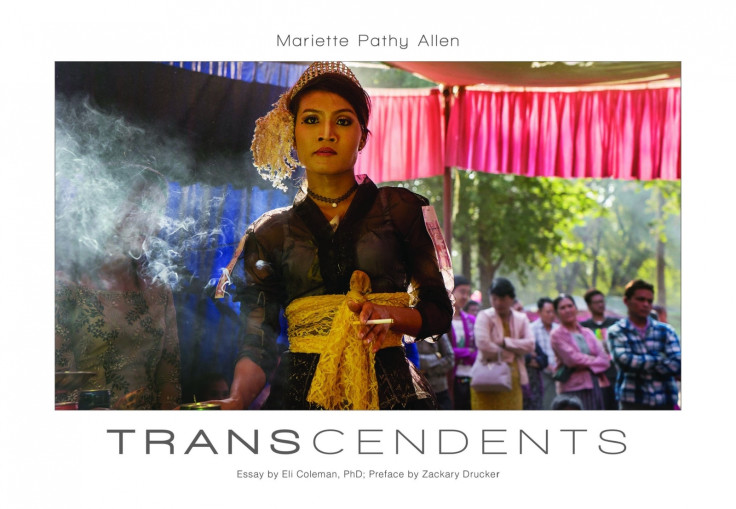Mariette Pathy Allen's stunning photos give a glimpse into the lives of trans people over four decades
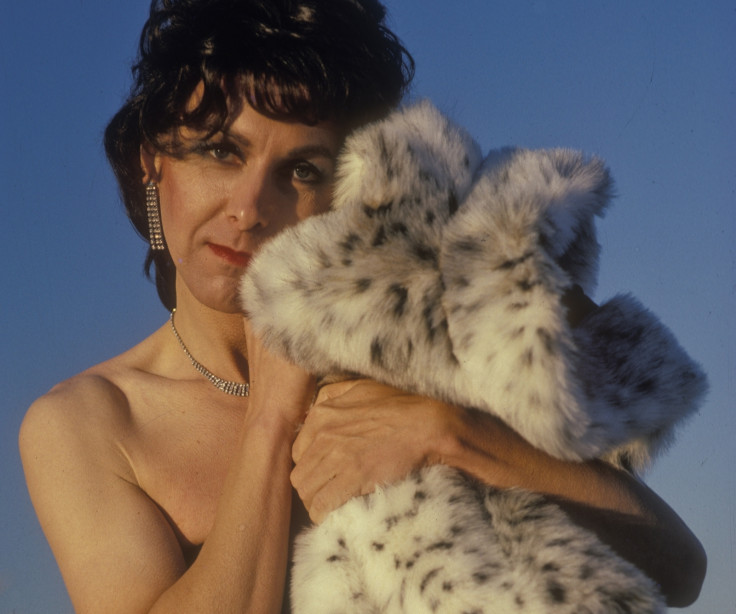
KEY POINTS
- Allen is known as the unofficial photographer of trans people.
- She has documented trans people from Myanmar to New York City.
Having spent the past three decades taking photos of people who don't conform to stereotypes of sex and gender, photographer Mariette Pathy Allen is known as the "unofficial photographer of trans people".
Her first book, Transformations: Crossdressers and Those Who Love Them, featured images and interviews with gender non-conforming people, and offered a glimpse into the everyday lives of community decades before 2014 – the year regarded as the "transgender tipping point", when actress Laverne Cox graced the cover of Time magazine.
Since then, she has given lectures around the world and published three more books – including projects on trans people in Cuba in 2014, Myanmar and Thailand in 2017.
IBTimes UK spoke to Allen about how she earned her unofficial title, what life was like for trans people in the 20th Century and how she feels her work fits into the current political climate.
How did you fall into photographing trans people?
Meeting trans people was a wonderful fluke! In 1978, when I was in New Orleans for Mardi Gras, I met a group of crossdressers staying at the same inn. After breakfast, they stood in line on the other side of the inn's swimming pool. When I raised my camera to my eyes, I found myself looking straight into the eyes of the person in the middle of this line-up, named Vicky West, and I felt that I wasn't looking at a man or a woman. Instead, I was looking at the essence of a human being, a soul.
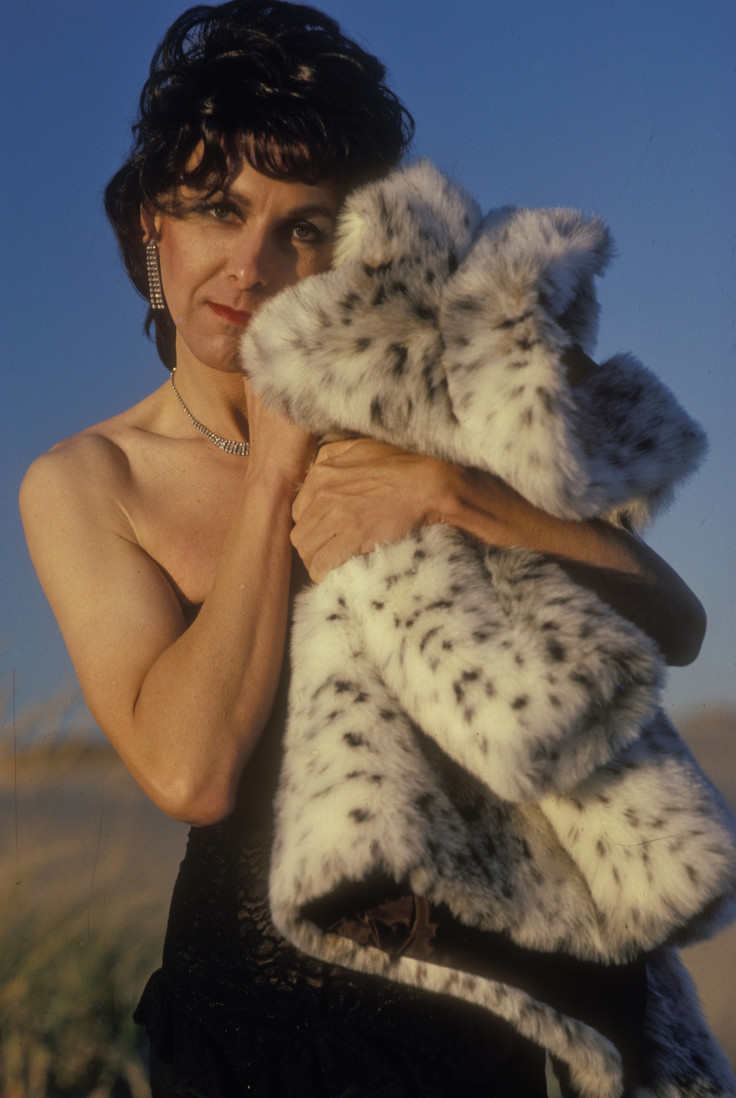
As I took the picture, I said to myself, "I have to have this person in my life." That was the beginning of my series of work on gender non-conformity, as well as the start of many ongoing friendships. I have had three books published before "Transcendents". "Transformations: Crossdressers and Those who Love Them" (1989) was a groundbreaking book that presented crossdressers and their families and friends in the daylight of everyday life.

What was it like to be a trans person in the late 1970s and 1980s?
My relationship with the transgender community began in 1978 when I started to focus on male to female crossdressers. At that time, and more or less until they had easy access to the internet, most of the people I met lived in fear of being discovered.
A glossary of gender terminology
Gender identity - A person's internal sense of their gender based on society's ideas of masculinity and femininity. "Man" and "woman" are both gender identities.
Sex - The classification of a person as male or female which is assigned at birth based on their external anatomy.
Cisgender - When a person's gender identity matches the sex assigned to them at birth. E.g. when a person with a penis identifies as a man.
Transgender - An umbrella term used to describe people whose gender expression is different to the sex they were assigned at birth. E.g. a person with a penis identifying as a woman.
Non-binary / gender queer - Terms which a person who doesn't identify exclusively as a man or a woman can use to describe their gender identity. A non-binary person may use the pronoun 'they' to reflect this.
They were full of guilt for having the needs that they had, felt isolated and lonely, and even wondered if they were the "only one in the world" – or maybe insane. They wanted to understand why they had those needs, and spent a lot of time thinking about nature versus nurture, in the hopes that they were not responsible for their natural instinctive behaviour.
In the 1980s there were many television talk shows about "transvestites", with mixed reviews. There were also degrading narratives in the press, the arts and in medical texts. On the positive side, crossdressers began to find each other through a few brave individuals, such as Virginia Prince, who published newsletters and fiction at great personal risk. Gradually, almost every city started a club where transgender people could come and transform themselves, usually once a month. Many of these local groups also started their own newsletters. During this time, there were more and more conferences held in different locations in the USA.
Starting more or less in the 1990s, there was a coming together of trans masculine and trans feminine people, crossdressers and transsexuals, as well as gender fluid youth, for political activism and new friendships. There were verbal wars over self-definitions, and most of the conferences became more inclusive.
This was, and still is, to some extent, an exciting time as more gender nonconforming people came out, working to change public attitudes and challenge discriminatory laws.
My second book, entitled The Gender Frontier, was published around this time, winning a LAMBDA Literary Award. Although I am cisgender, my deeply personal investment in the trans community gave me a unique position of acceptance among its activists, and we were on a roll! In spite of continuous violence, especially against black and Latina trans women, political progress in the fight against discrimination continued.
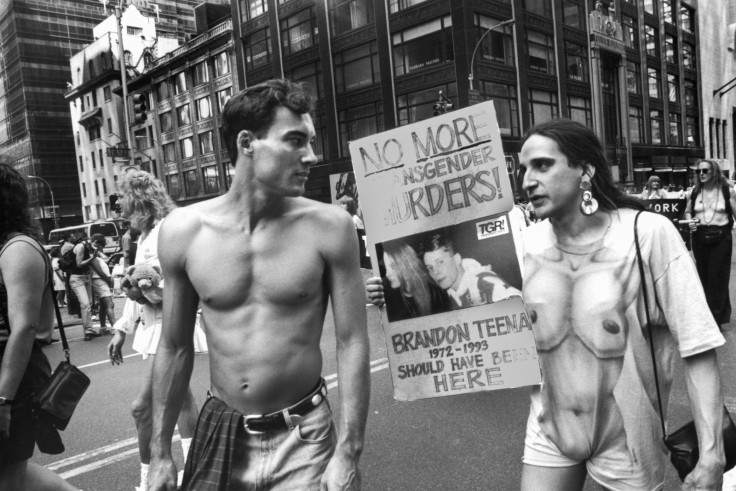
Do you think the social and political climate has changed for the better for trans people since the late 1970s?
I think the lives of some transgender people are much better, specifically, those who have access to housing, employment, education and class mobility. More and more cis people are supportive, and even acknowledge the presence of trans celebrities. Some cis people are inspired by gender variance and new ideas about sexuality.

Has it changed for the worse at all? For instance, the debate on gender-neutral toilets.
Unfortunately, the larger systemic issues that have always afflicted the trans community continue to oppress the most vulnerable of its members in the present day. Institutionalised racism, when combined with the growing backlash against the trans community, continues to fuel the violence against trans women of colour.
A growing dichotomy exists between the increase in visibility of trans people and the fact that for black trans women, 2017 was the most violent year on record.

What do you hope to capture in your images of trans people?
I want to capture the beauty and dignity of transgender people. I want my collaborators to understand and appreciate more about themselves, and for society as a whole, to do the same.
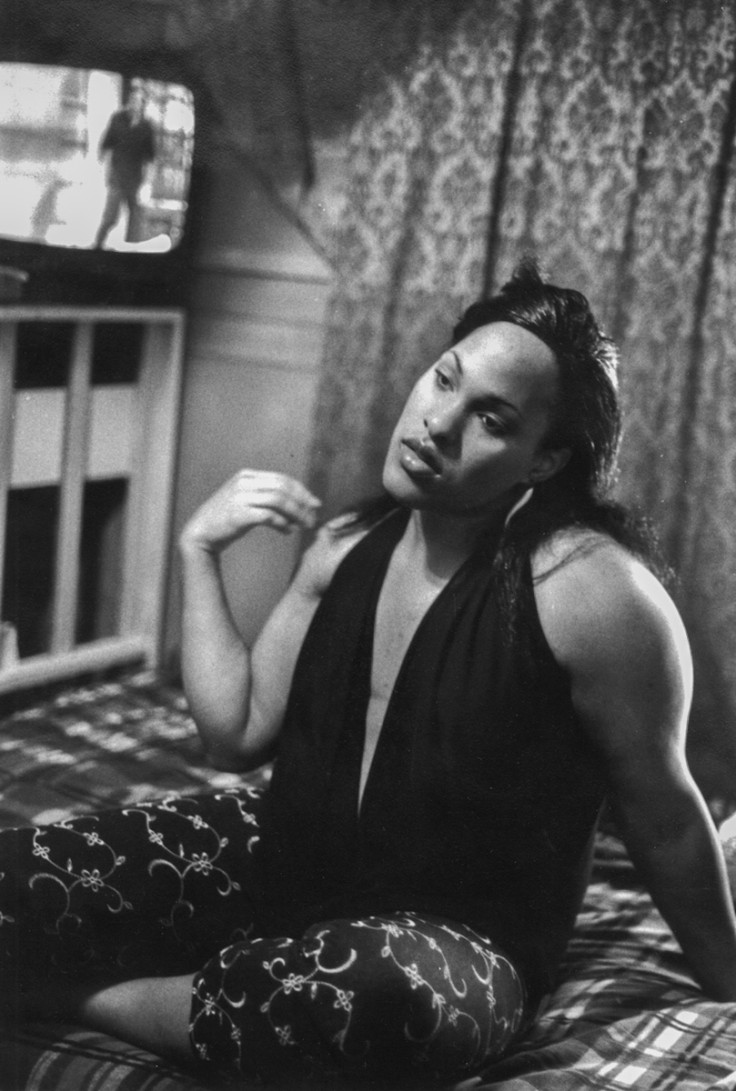
Why do you think that publishers were at first reluctant to publish your work?
Publishers tended to assume there was a very small market for books about crossdressers and other gender variant people. When Transformations was finally published, I discovered that bookstores placed the book on high shelves because they knew this was a "book that walked". In other words, it was in danger of being stolen because the people wanting it would be too embarrassed to buy it in front of the cashier or other shoppers.
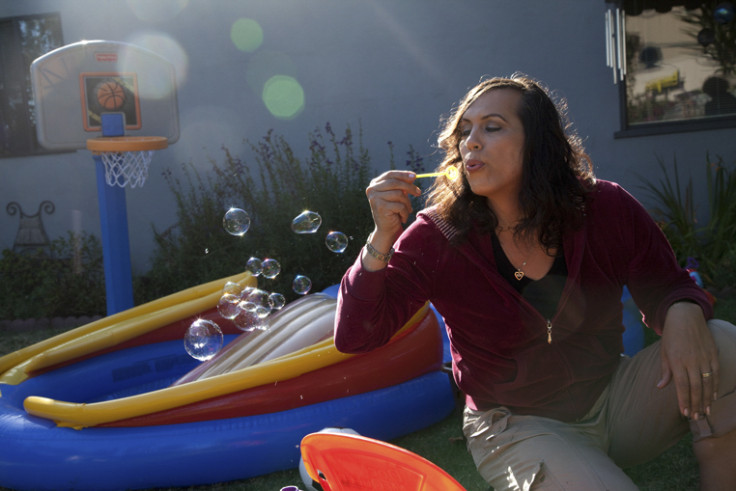
Are you in touch with any of your subjects?
Yes, I'm still in touch with some of my subjects. The need for connection has changed; people can learn whatever they want to know and make friends via the internet. There are very few conferences left.
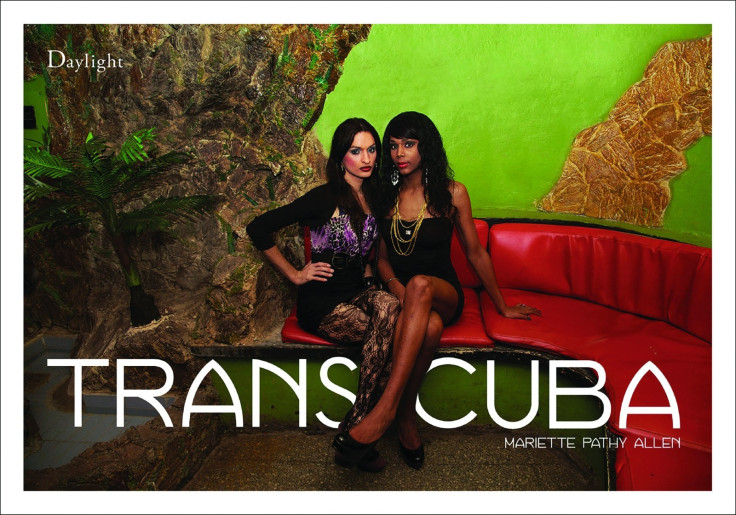
You are unofficially referred to as the photographer of the trans community. Does this feel like a huge responsibility?
I loved being the designated photographer of the trans community! I was trusted and happy to be able to participate in every aspect of this world. I feel that I was given a great gift; I was involved in a life-changing movement in which I had a unique role and that gave me opportunities to create and learn.
